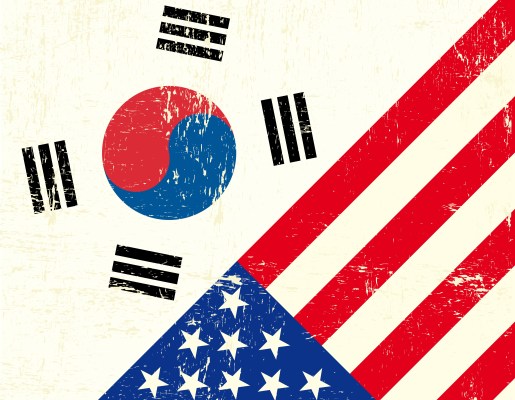Navigating culture and business practices can be a trying task for any company going global. For tech companies, this often can mean coping with varying degrees of Internet connections from different service providers. If one is not careful, this could be an insurmountable hurdle. Success or failure can depend on a company’s ability to quickly adapt and prepare for the unexpected.
I developed AireLive in South Korea with very little concern about Internet speeds affecting its ability to function the way we designed it.
South Korea is well-known for having the world’s fastest Internet connections, with speeds averaging around 25 mbps, and higher. The next closest country on the list, Hong Kong, averages around 16 mbps, with the United States well behind at 11 mbps.
Developing an application in a country like South Korea, where performance is maximized, can be a challenge when that app has to be tested in a country with less optimal Internet speeds, like the U.S.
I never devoted a lot of thought to the possibility of living in a city that had varying degrees of Internet speed and connectivity, but it turned out to be a huge factor in AireLive’s success.
AireLive was developed like a car being able to drive on an open freeway. This allowed us to develop many different features on one platform. Our development process was very seamless, and it was a big advantage for us to be able to develop our app in South Korea.
Don’t expect your app to function as well in the U.S. as it does in a region with exceptional Internet connections.
When we took our app to the U.S. we were not dealing with an open freeway anymore — it was more like a dirt road. We had to test things to see how our app would respond. We conducted field tests in different parts of the country and realized very quickly how different the Internet speeds were. There was a lot for us to learn, and we needed to do it quickly.
Choosing a mobile-phone carrier in Korea is not as big of a decision as it is in the U.S. In Korea, you can choose a carrier and be guaranteed that you will experience high-quality Internet speeds and not be concerned about spotty service.
I quickly learned that was not the case in the U.S. I learned that your home address and work location play a big part in which cell phone carrier you should choose.
While you might prefer one carrier over another, it’s very possible they might not offer good service in your neighborhood, therefore making you reconsider who you choose.
With that in mind, I knew it was essential to test AireLive’s functionality on multiple devices across several carriers to get a clear sense of where we needed to improve our technology.
Once we understood what we were dealing with, we needed to go out and thoroughly test the app’s various functions before we could really make any adjustments or significant changes. First we had our research and development team access our computer in our U.S. headquarters to conduct preliminary troubleshooting.
After we tested our computer system in the U.S., I sent our team to different parts of the country to conduct numerous field tests. Through those tests we were able to discover and fix many potential issues before the launch of the AireLive market version in March 2015.
Finally, I brought our research and development team to the U.S. again to retest our servers and make sure they worked.
Because of all the time we spent in the field, our team was able to better understand how the U.S. network environment really fluctuates, based not only on geographic location but also how surges in users at certain times during the day can affect performance.
This allowed us to troubleshoot minor issues and zero in on the optimization of our servers to fine-tune our app for an exceptional user experience.
Bringing AireLive to the U.S. and optimizing our technology accordingly was a tremendous learning experience. For any other companies considering a similar move, I urge you to consider the following suggestions.
It could be worthwhile to open a research and development center in the U.S. Having a team on the ground, using U.S. Internet connections consistently, will give you a much better sense of the differences and potential hurdles that lie ahead.
Navigating culture and business practices can be a trying task for any company going global.
Unlike Seoul and other parts of the world with high-speed Internet connections, the U.S. is a big country, and network speeds largely depend on cellular carriers. It is imperative that you test all of these carriers with multiple devices s to get a full understanding of how your app will function.
Understand your users. U.S. users are much more forgiving of slow download speeds. They are accustomed to spotty service and are much more tolerant of it when compared to Korean users — who have a very high expectation that Internet speeds will not only be fast, but also be very reliable.
Don’t expect your app to function as well in the U.S. as it does in a region with exceptional Internet connections, because users won’t either.
Although not perfect, know that the network environment will continue to improve. U.S. carriers are racing to build more cell towers in major metropolitan areas. In the last seven months I have witnessed a drastic improvement in the network environment, and I expect that will continue.
